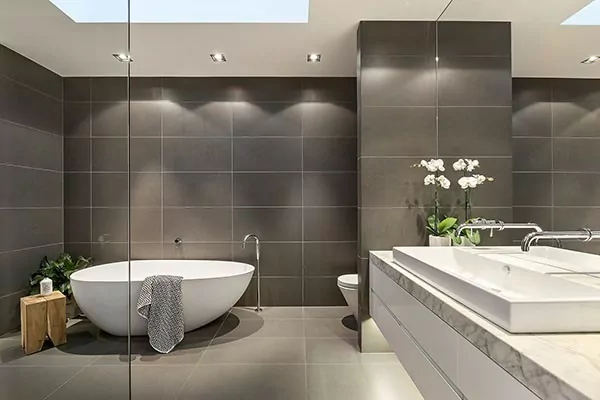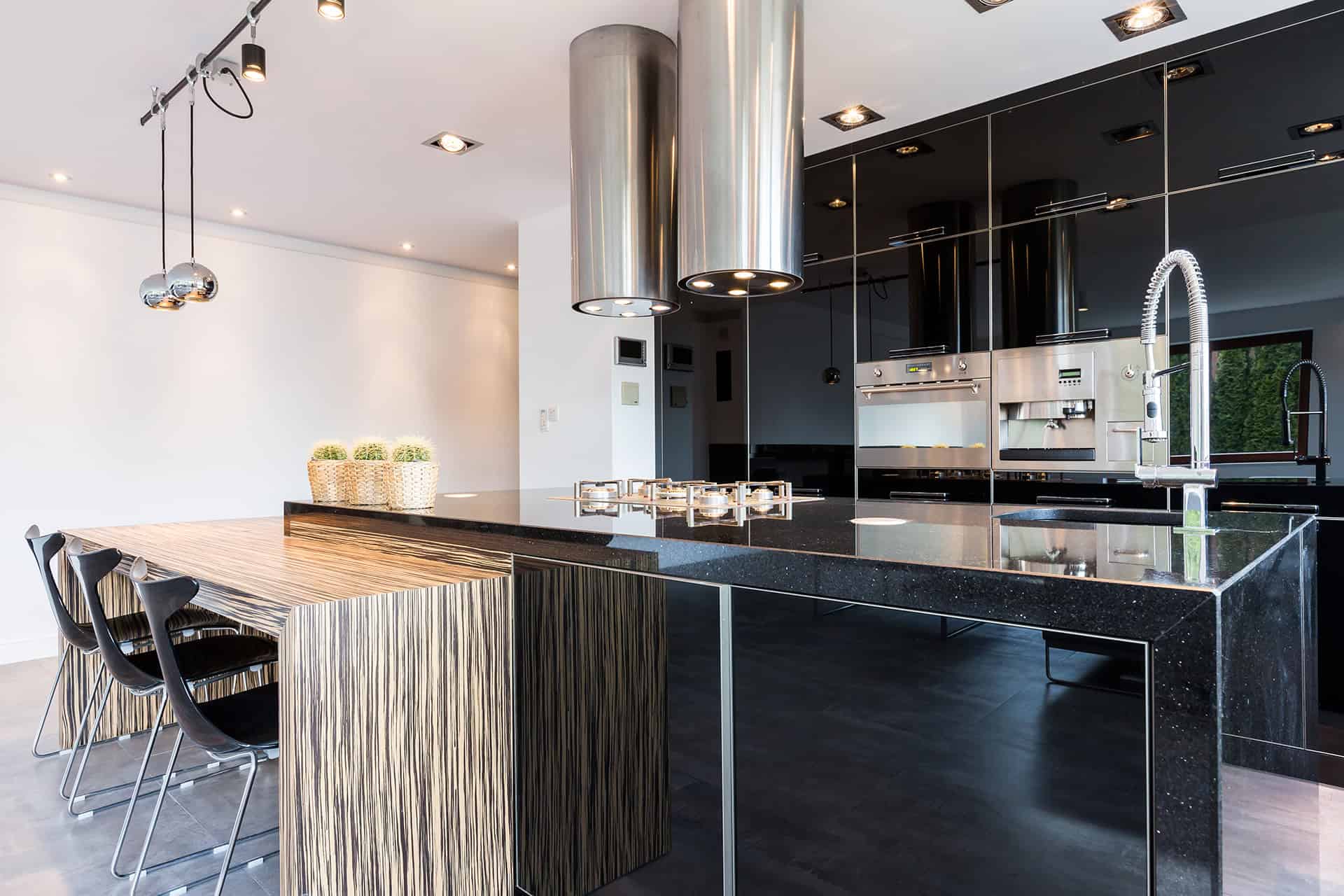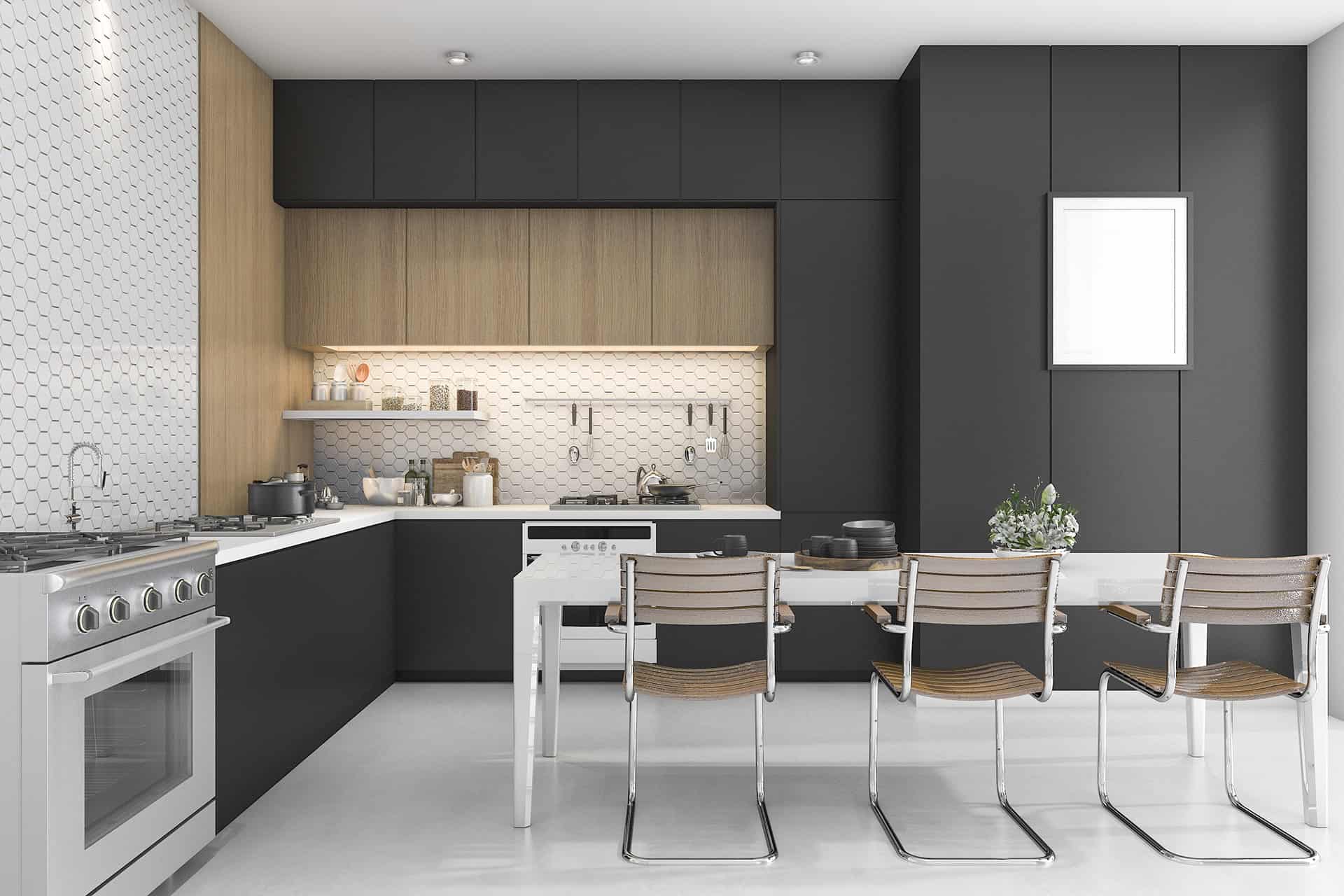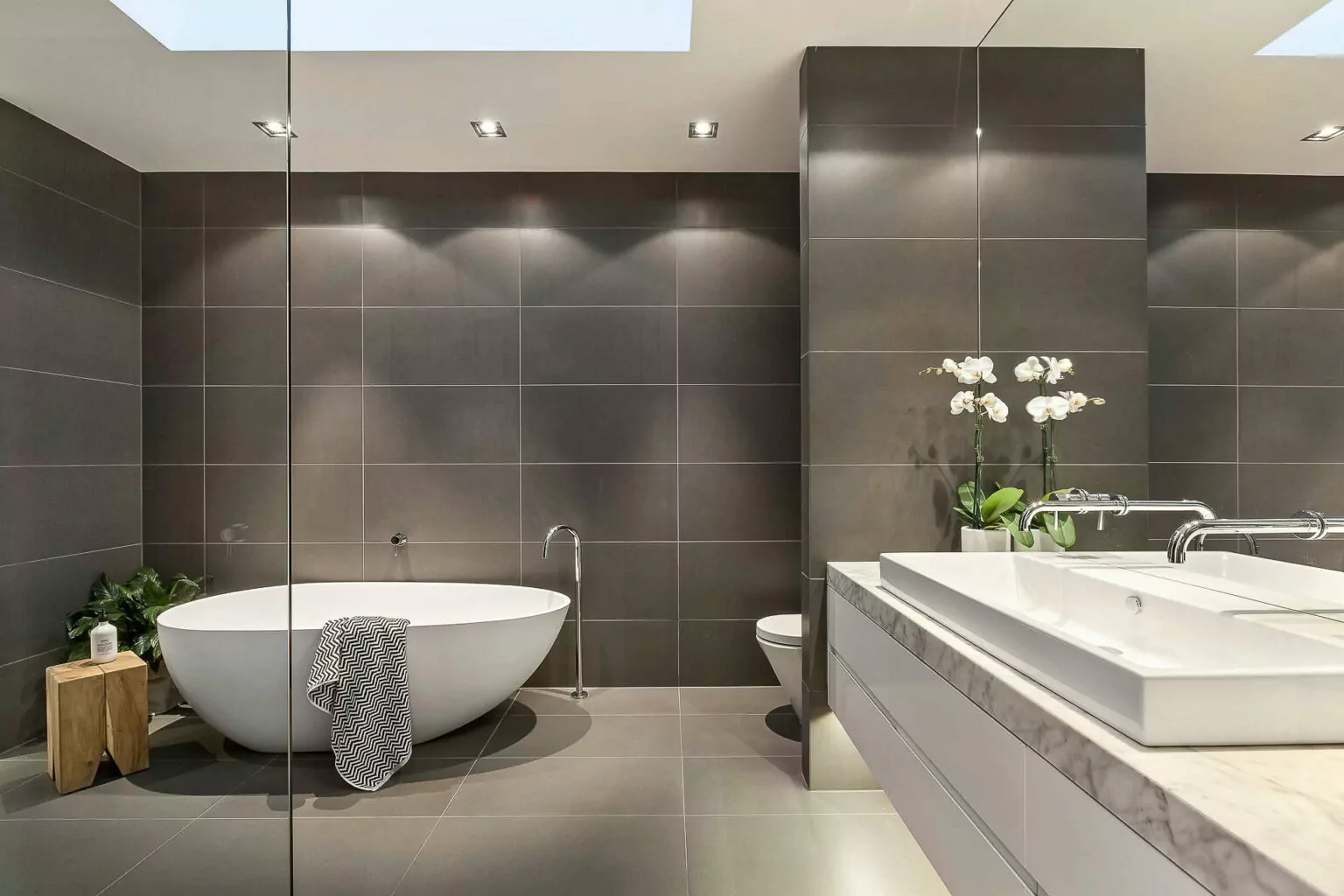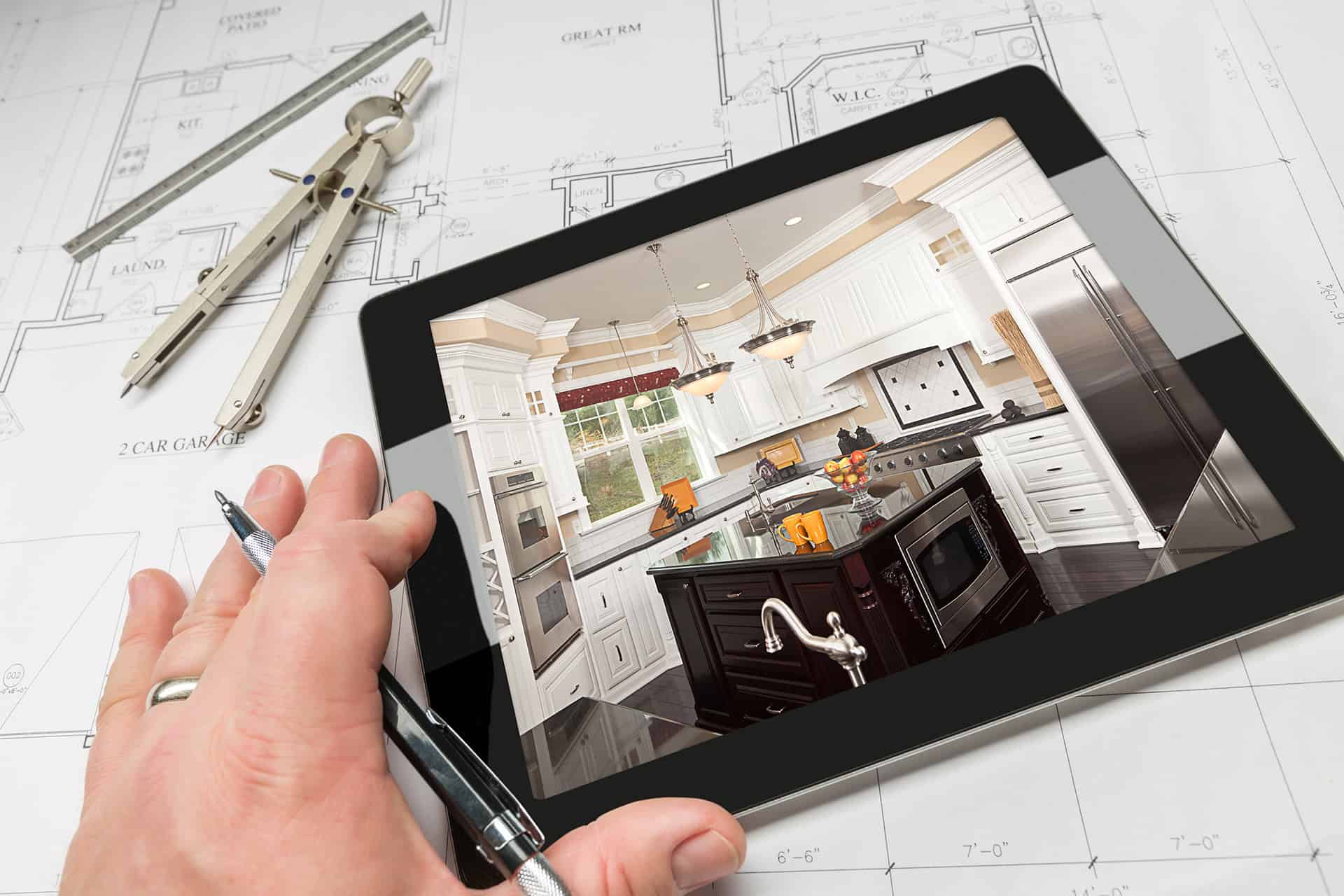Key Takeaways
- Freestanding tubs don’t give you a ledge for toiletries. Unlike built‑in models, they have no rim against a wall, so you’ll need caddies or side tables to keep soap, shampoo and candles within reach.
- Plumbing is usually more complicated (and costly). Floor‑mounted supply and drain lines—or even rerouting existing pipes—are often required, adding time and labor to the project.
- Cleaning around the tub can be a chore. Gaps under or behind the unit collect dust and water; leg‑less models still leave hard‑to‑reach spaces along the wall.
- Sloping or uneven bathroom floors mean extra prep work. A freestanding tub must sit perfectly level; homes with drainage‑grade floors may need professional shimming or floor modification.
- They’re awkward for daily shower users. Adding a curtain or enclosure hides the tub’s sculptural look and can create splash and moisture issues, so committed shower‑takers may prefer a built‑in alternative.
A dainty, clawfoot bathtub may evoke many pleasant associations such as a relaxing spa session with lots of foam, with scented candles around, and, perhaps, with a glass of elite fizz. Aesthetically appealing and ultra-trendy, freestanding bath tubs may surpass attached versions in terms of appearance and design, adding a touch of sophistication to any washroom.
Despite its visual gorgeousness, a freestanding tub may bring you lots of stress when you decide to install it in your bathroom. Here are 5 unpleasant secrets about a freestanding bathtub you want to be aware of before you commit.
A classical clawfoot tub has a Victorian-styled, ball-and-claw design, but nowadays, any standalone bathtub may be referred as to clawfoot. It is not uncommon that a freestanding bathtub features no legs at all: you can find a sleek, posh model to be placed right on the floor, without any feet to support it. If you are tilting toward a freestanding tub for your bathroom remodel, bear in mind that such versions have some practical downsides.
Soap is no longer within reach
One of the biggest considerations behind freestanding tubs is that they do not allow you to stash shampoos and other necessary miscellanies ready to hand. Built-in models generally have ledges on two or three sides, letting you make toiletries easily accessible. If you choose a clawfoot tub, you will have to invent a way how to keep bathroom essentials at your fingertips. Of course, a problem can be easily solved, but not everyone likes their bathroom to be cluttered with extra stuff, especially if the space is quite petite.
It requires complex plumbing
No matter standalone or built-in, any bathtub requires some basic plumbing: a source of water (faucets can be installed on a wall or a deck next to a built-in model), a drainage system, and an overflow to preclude flooding if you forget to turn the water off. But a freestanding bathtub may require extra pipes to come up through the floor. If you want to buy a footed model, you first want to consult a professional plumber to see whether your current plumbing and drainage systems allow for such a project or require some reroute before you can splash in a stylish freestanding tub.
Cleaning may turn into a quest
Another important consideration to remember before committing to a freestanding bath is that you will have to clean under it. And around it, surely. Even if it is a leg-less model and sits flush on the floor, there will be a gap between the tub and the wall that may be hard to reach during cleaning. Still, if placed in the middle of the room or at an adequate distance from the wall, an unattached tub makes cleaning even easier.
Sloping floors bring extra hassle
A freestanding tub is all about a wow-factor, commanding attention, and effortlessly becoming the room’s focal point. Still, in homes with sloping floors, such a bath may bring an extra headache. Some wetrooms have sloped flooring to aid drainage. While a bathtub attached to the wall can efficiently fit uneven floors, a freestanding one may need extra, professionally-done, manipulations to be installed on sloped flooring without compromising easy drainage.
Not the perfect option for shower-lovers
Technically, it is possible to equip a freestanding bathtub with a shower, but this would require a curtain or enclosure, which totally contradicts the purpose of a freestanding tub.
If your washroom is not properly heated, you may want to surround the tub with a curtain to keep it warm (who wants to soak in a cold bath?). A curtain rod mounted to the ceiling and the showerhead can unobtrusively make the trick, just ensure you keep the enclosure open, so that your bathtub still renders its timeless impact. Still, a built-in tub will offer you more flexibility for an easy, mess-free shower experience while also offering the pleasure of a full-fledged bathtub. Keep this in mind, if you are more into showering than bathing.
Pros and cons of a freestanding tub
Here is a quick roundup of positives and negatives about freestanding tubs to help you make a weighed choice:
Benefits of freestanding tubs:
- They render a sophisticated appeal to space, letting you wash away the day’s stress in style.
- They come in an insane variety of materials, designs, and finish options letting you pick the best variant for your particular bathroom.
- You are not locked in the placement options – a freestanding unit can be installed in any spot.
- If not placed too close to the wall, a clawfoot bathtub is very easy to clean and maintain, plus, unlike a built-in version, it does not require any caulking.
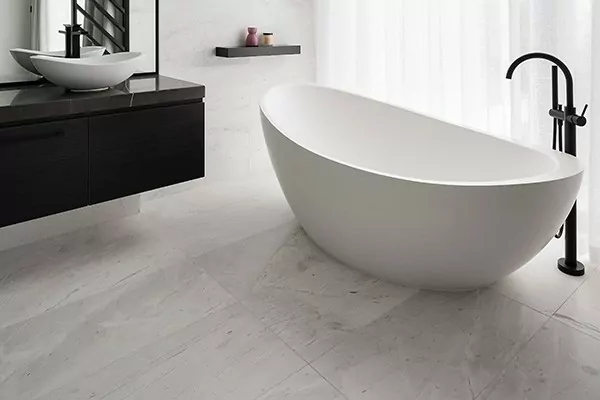
Downsides of freestanding tubs:
- They may require changes of plumbing and drainage lines as well as floor reinforcement, dramatically affecting the project’s price.
- They may be inconvenient for keeping washing essentials within easy reach.
- Legged tubs may be difficult to get in and out, which is a critical consideration for people with disabilities.
- Such models can be difficult to combine with a shower.
- Water is more likely to splash out from the tub, leaving floors and walls more exposed to moist damage.
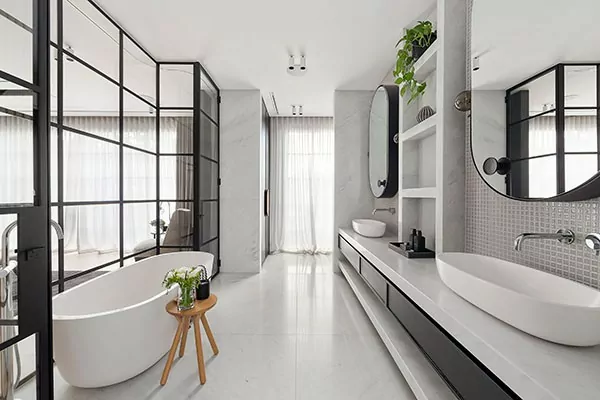
If you are dreaming of getting an elegant, classy freestanding tub for your bathroom remodel project, it is in your best interests to hire a licensed, well-established contractor to get the job done as needed and save you from any unpleasant OOPS in the future.
Groysman Construction is a leading home remodeling company in San Diego, bringing both innovation and craftsmanship to the business to help homeowners achieve spaces of their dream.


